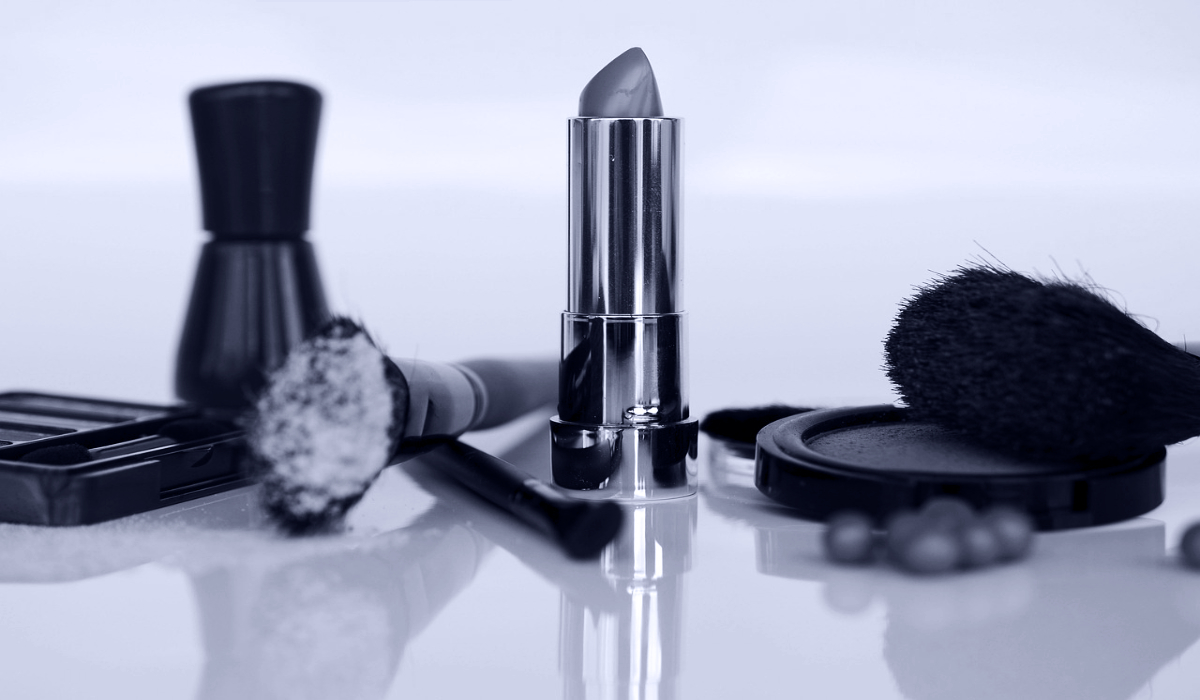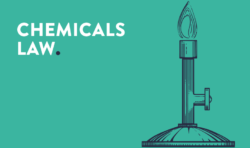A. Ongoing investigation into the EU Cosmetics Regulation
The European Commission is currently reviewing the appropriateness of Regulation (EC) No. 1223/2009 on cosmetic products (EU Cosmetics Regulation) as part of a comprehensive evaluation. The aim of this initiative is to analyze whether the EU Cosmetics Regulation continues to be effective, efficient and coherent in terms of better regulation, in particular with regard to consumer health protection, the handling of hazardous substances and compatibility with other EU regulations. The current public consultation is open until 28.07.2025 and is aimed at consumers, manufacturers and other economic operators as well as supervisory authorities and non-governmental organizations (NGOs). The feedback is to be incorporated into a comprehensive assessment, on the basis of which a decision will be made as to whether the regulation needs to be revised. The focus will also be on the question of whether the EU Cosmetics Regulation is serving its purpose with regard to the green and digital economy.
On 08.07.2025, the EU Commission also presented a further proposal to simplify chemicals legislation. This also includes changes to the EU Cosmetics Regulation, such as the introduction of a legally standardized procedure for the inclusion of colorants, preservatives and UV filters in the corresponding Annexes IV, V and VI of the EU Cosmetics Regulation, the specification of the procedure for exemptions from the general ban on the use of CMR substances in cosmetic products in accordance with Art. 15 EU Cosmetics Regulation and the abolition of the legislative procedure for defining the glossary of ingredients.
B. Current substance-related changes
Against this background, selective amendments to the annexes of the EU Cosmetics Regulation, for example to implement current chemical law assessments, are becoming increasingly important.
With Regulation (EU) 2025/877, the European Commission made a further amendment to the EU Cosmetics Regulation on 12.05.2025. Significant changes result from the annex to this amending regulation, with which a number of substances – due to their classification as carcinogenic, mutagenic or reprotoxic substances (CMR substances) of category 1A, 1B – were included in Annex II (list of prohibited substances in cosmetic products). The new prohibitions will apply from 01.09.2025.
The background to the amendment is the harmonized classification of certain substances as carcinogenic, mutagenic or toxic to reproduction in accordance with Regulation (EC) No. 1272/2008 (CLP Regulation). Specifically, the amendment to the CLP Regulation is based on Delegated Regulation (EU) 2024/197, which reclassified numerous substances as CMR substances in January 2024.
The affected substances include trimethylbenzoyl diphenylphosphine oxide (CAS 75980-60-8), which was previously approved as an ingredient in certain nail shaping products. Due to the new classification as toxic for reproduction category 1B, the substance is now included in Annex II of the EU Cosmetics Regulation and may no longer be used in cosmetic products from 01.09.2025. The amendment also affects a large number of other substances, including various phosphoric acid esters, tin compounds, bisphenol AF and other bioactive substances that were considered as preservatives or UV filters, for example.
For manufacturers of cosmetic products, this means there is an urgent need for action: all formulations must be checked to see whether they contain any of the newly listed substances. If this is the case, the product in question must be adapted before 01.09.2025. In this context, the safety reports and labeling must also be updated accordingly. It should also be noted that any outer packaging and labels must also be adapted if they contain a declaration of a now banned ingredient.
The recently published Regulation (EU) 2025/877 shows once again how closely cosmetics legislation is interlinked with chemicals legislation – in particular the CLP Regulation. Companies are therefore well advised to follow new developments in the classification of substances at an early stage and to systematically anticipate regulatory consequences. With a view to future changes to the harmonized classification of substances, further amendments to the annexes of the EU Cosmetics Regulation can also be expected in the coming years.
Do you have any questions or would you like to discuss the news with the author? Please contact Michael Öttinger and Marie Carnap





